Given just how beautifully Netflix’s ‘African Queens‘ tells the story of Queen Njinga, it is no wonder that the public is eager to learn as much as they can about her origins and legacy. The historical show‘s exploration of the life and achievements of the African monarch allows the viewers to learn a lot about the working of the Kingdom of Ndongo. The female king’s relationship with her own father is also explored in much detail alongside Njinga’s reverence and love for the man. The question of just who took up the mantle of monarch following the demise of the legendary queen is also one that has captured the attention of the public. If you are in the same boat, worry not because we have your back!
Njinga’s Father: Mbande a Ngola Kiluanje
Born into the royal family in the late sixteenth century, Njinga (AKA Nzinga Ana de Sousa Mbande)’s father was most likely called Mbande a Ngola Kiluanje. However, there are some sources that believe that her father was Ngola Kilombo kia Kasenda. However, other sources believe that the latter was actually the ruler who reigned from 1575 to 1592 and sat on the throne of Ndongo before Kiluanje.
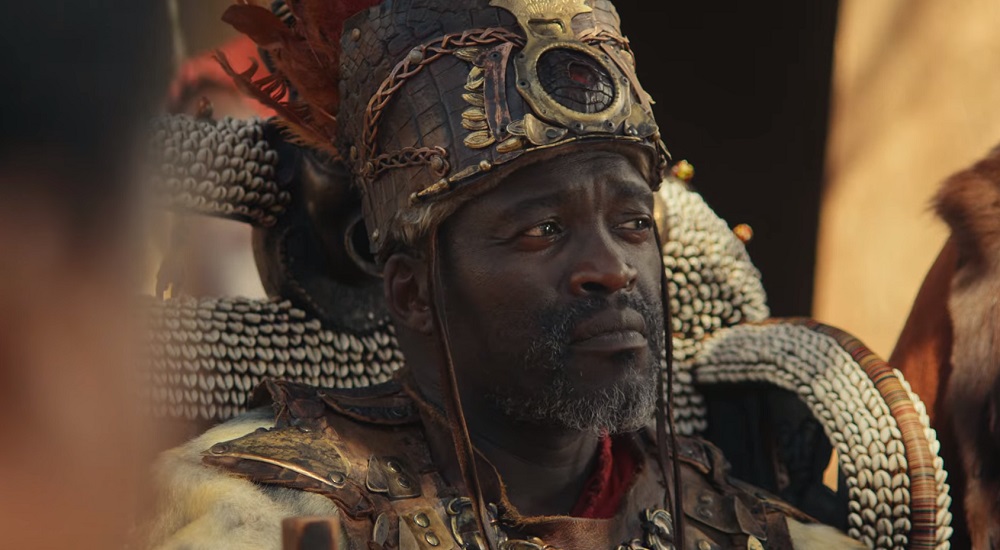
Nevertheless, it is widely accepted that Njinga was around the age of 10 when her father himself took up the title of Ngola, the term used for the King in the region. As a child of the royal family, Njinga enjoyed a certain amount of privilege that came with the title of Princess. However, her claim to the throne was never considered seriously as her mother, Kengela ka Nkombe, was her father’s concubine and not a wife.
Talking about Njinga’s birth, there is a well-known legend surrounding the event that states that she was born with the umbilical cord wrapped around her neck. This apparently led her to be given the name of Njinga, serviced from the Kimbundu word “kujinga,” which means “to twist or turn.” At the time, any royal child who came into the world after a difficult birth process was considered to be meant for greatness and possessor of spiritual gifts.
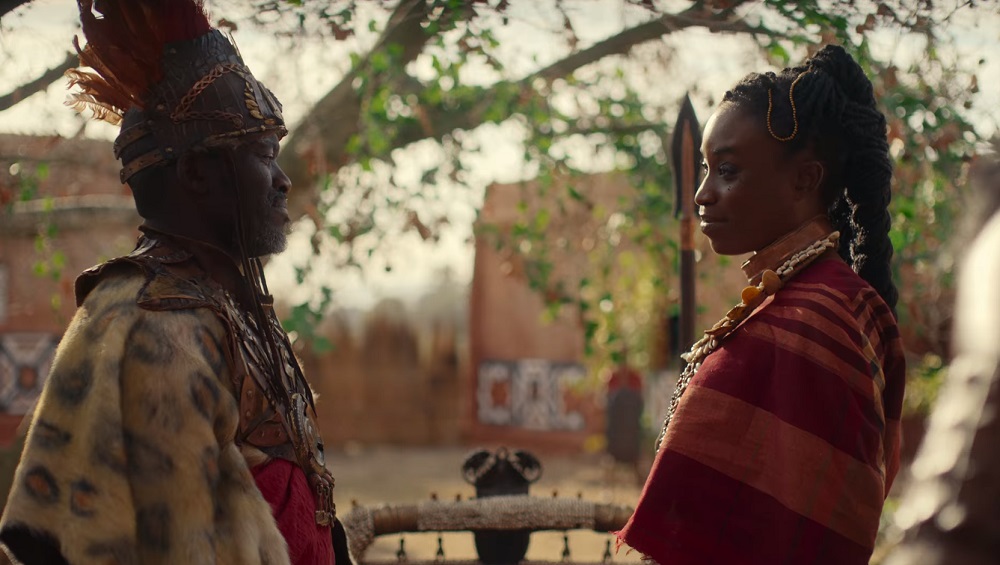
As fans of the Netflix show might already be aware, Njinga did enjoy the favor of her father, who allowed her to be trained in the way of a warrior. The fact that Njinga was not ever considered a serious contender for the throne apparently meant that her father could easily shower her in love without the fear of being considered partial. Apart from Njinga herself, her father had two sons, his successor Mbande. He also had two other daughters called Kambu and Funji.
Kambu Succeeds Queen Njinga
Given the impressive feats that Njinga had accomplished in her lifetime, it was crucial that her successor would be able to maintain the power that she had acquired for the people of Ndongo. Due to the conflicts between the Portuguese and the Ndongo, combined with the inner conflicts within the royal family of the kingdom, Njinga’s only heir was her sister Kambu. Also known as Barbara Mukambu Mbandi, Njinga’s sister gained the name following her baptism as a Catholic Christian.
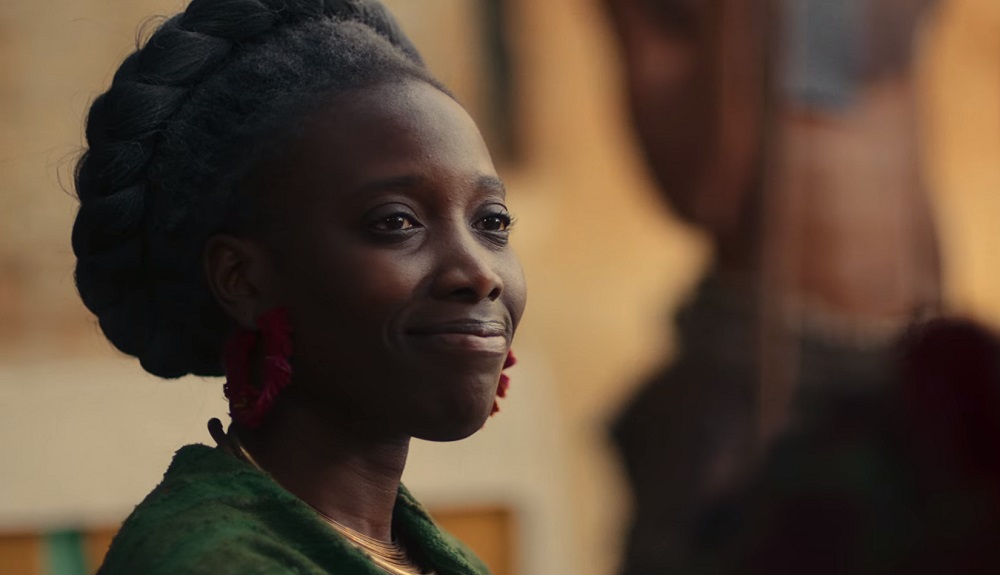
Kambu’s own life was far from easy as she had been captured by the Portuguese during the conflicts between the European power and the Ndongo. However, her sister was able to gain her back following a tentative peace treaty. Before passing away in 1663, Njinga had announced Kambu as her heir and successor. This was in contrast to the established traditions, which indicated that a monarch must be chosen after a vote from the council.
It is likely that the unconventional appointment of Kambu as the future monarch was due to the rising influence on Njinga Mona. The Imbangala warrior had fought alongside the celebrated queen and was apparently considered like a son by her. However, his determination to not let go of the ways of his people scared Njinga as she believed that her work to have her kingdom be recognized in the eye of the Catholic Church might be ruined by Njinga Mona.
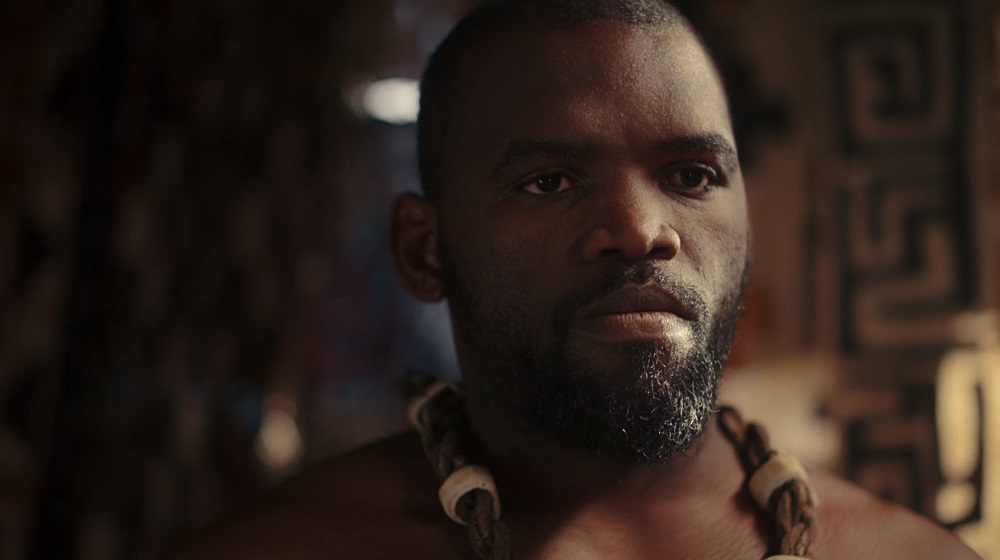
After the passing of Queen Njinga, Kambu did take up the role of the Queen of Ndongo and Matamba, the later kingdom having been conquered by Njinga in the 1630s. However, her rule was opposed by Njinga Mona, leading to a civil war between the two factions and the exchange of the throne for nearly two decades. Interestingly, some reports suggest that Njinga Mona was actually married to Kambu. The conflict was only resolved after Kambu’s son, Francisco I Guterres Ngola Kanini, became the monarch in 1680. Despite his short reign, Kanini’s coronation ended the civil war and ensured that Njinga’s legacy would continue.
Read More: Did Queen Njinga Have a Kid? What Happened to Him?

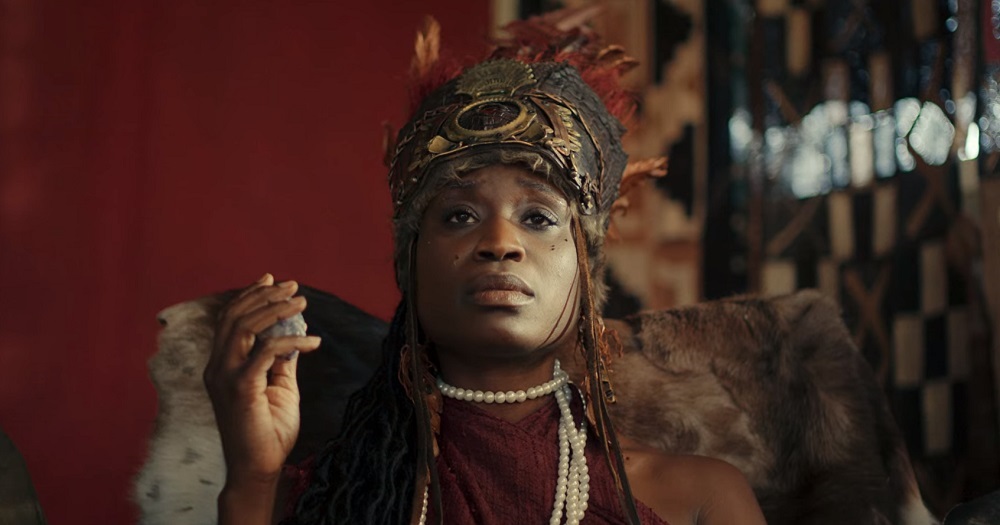
You must be logged in to post a comment.